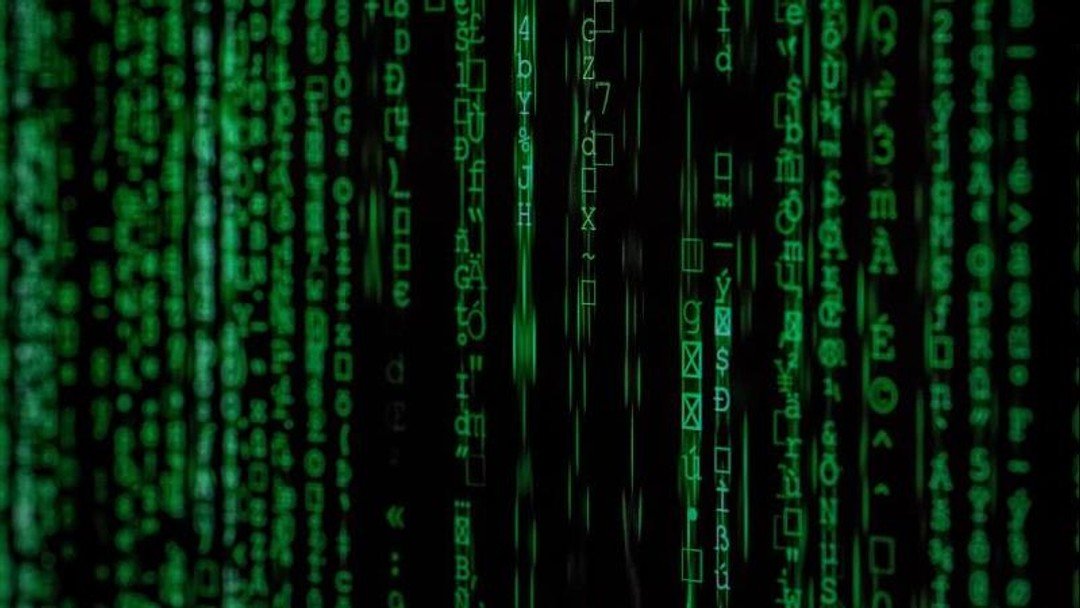The blockchain revolution

Alastair Murray explains how blockchain can provide security and efficiency benefits for businesses
The technique called ‘blockchain’ was first referred to in 1991 when researchers came up with the idea of time-stamping documents to prevent them from being changed or deleted. Its next appearance was when the crypto-currency bitcoin was created in 2009 which used the same time-stamping technique to store its data.
In some ways, the basic elements of blockchain have existed for many years, but are only now starting to merge together to form something much bigger to potentially change the way we go about our daily lives.
What is the point of ‘blockchain’?
A blockchain consists of software code shared over thousands of interconnected computers or nodes around the world to track and record anything of value, such as property, land, financial investments and medical records. It has the potential to revolutionise the way our economies and communities behave and requires no third parties or intermediaries to manage it. It works by itself, distributing its data over peer-to-peer networks which are encrypted, time-stamped and sent down the chain as unchangeable data.
For individuals and firms who would otherwise not trust each other with their data, a blockchain provides a high degree of security. More traditional databases require a manager to administer the data and to trust that manager not to alter it. On a blockchain, this cannot happen as the data is encrypted in a sealed and permanent block. If the data is changed a new block is created confirming the change, whilst leaving the original block completely intact.
Fingerprint
Each block is given its own unique ‘fingerprint’ rendering it almost impossible to break into. These fingerprints are digital codes that use characters and numbers that encrypt the stored information. In the same way an https:// browser address requires an SSL certificate which comprises a series of small digital files that bind a cryptographic key to an organisation's credentials to render it unique.
Instead of copying data, a blockchain shares it by recording it, encrypting it and then turning this processed data into a permanent record that cannot be changed or deleted. This is then distributed along the chain.
While a conventional database stores its files in folders and tables that grow and grow, a blockchain records its information in individual data cells with set storage capacities. Once these data cells are full, they are sealed and added to the next block down the chain which is repeated, again and again in blocks linked together in a chain; ‘blockchain.’
This means there is no possibility of changing the data, as it is sealed tight and encrypted so it cannot be undone. Even if one computer node goes offline or is destroyed, the data remains on umpteen others, giving everyone continued access to the same information at the same time.
Transparency
One of the most important elements of a blockchain database is how it works. Because there is no single computer or business running it, potentially thousands of computers and or digital devices maintain the network as a decentralised database removing, any single point of control. Transparency and identity are other key elements; transparency so everyone can view the blockchain and identity so that only those with the right credentials are allowed in.
Security
Some advocates of blockchain argue it will be the solution to cybercrime, phishing and ransomware attacks that are plaguing businesses around the world today. There are no third parties involved, software is driven by thousands of computers using cryptographic algorithms and if and when systems fail, they are re-routed, making a blockchain system virtually impossible to hack or break-into. These commentators may be right after all. Even the most persistent cyber-criminal would struggle to find the technical and financial resources to break-into this type of system.
A good example of the value of a blockchain is property ownership. Let’s say a property owner buys a new home in 1985 and is the first owner. The blockchain database records this as a permanent record stating the owner’s name and year of purchase. This owner then sells the property to another owner in 1990. This creates a new block with the new owner’s name and year of purchase in 1990. That owner then sells in 2000 and so on. Each block is a separate record of each owner that is then chained together in chronological order.
Single source of truth
The food industry uses blockchains to track and trace potential food contaminations and infections. Each stage of the manufacturer’s production line can be recorded with a specific time-stamp. This can then be extended to all the warehouse and retail shop delivery points, allowing any possible contamination or infection to be detected and traced back to its origin and dealt with accordingly. This process is sometimes referred to as a ‘single-source-of-truth’ (SSOT), delivering exact and time sensitive data for specific events.
Other sectors are beginning to use blockchain databases for their more sensitive and confidential information, such as legal contracts, deeds and company incorporations with the knowledge that each is a permanent and secure record. The financial services sector is also starting to use blockchain technology on relatively smaller networks by swapping hardcopy documents for digitally encrypted versions. Banking is close behind followed by a growing number of other professions that are each starting to use blockchains to record their assets, whether for trademarks and patents, intellectual property rights, legal and official documents as mentioned above and even personal possessions such as homes, cars, jewellery, watches and antiques; basically, anything of value.
Improving efficiency
Blockchains also have the potential to raise business performance and efficiency in the future. Whilst company networks maybe individually well managed, collectively these and other private networks typically are not. A blockchain offers the possibility of overcoming these inefficiencies by allowing everyone on the network to see the exact same information at the same time. This gives all the users on the network the chance to identify and suggest possible efficiency improvements by collaborating and pooling their joint resources. By distributing and sharing data over huge computer networks, key industries like healthcare, transport and energy each sector can benefit in the longer term.
Access
Blockchain networks will give the general public a mixture of full and restricted access to data, others will be limited for such things as club memberships, employees and management of individual firms, while government sites may offer access to some information for everyone and more restricted access to authorised users only.
Blockchain revolution
There is still a long way to go before the world is ready to embrace blockchain technology and its potential to revolutionise the way companies and communities behave in the future. Inevitably there will be lots of questions about this new technology, including plenty about its security, about the economics, its social impact, the commercial implications and risks and cultural considerations, will all come into play. Nevertheless, progress is being made and is set to transform the way we work, rest and play in the future.
Alastair Murray is director of The Bureau the-bureau.co.uk
